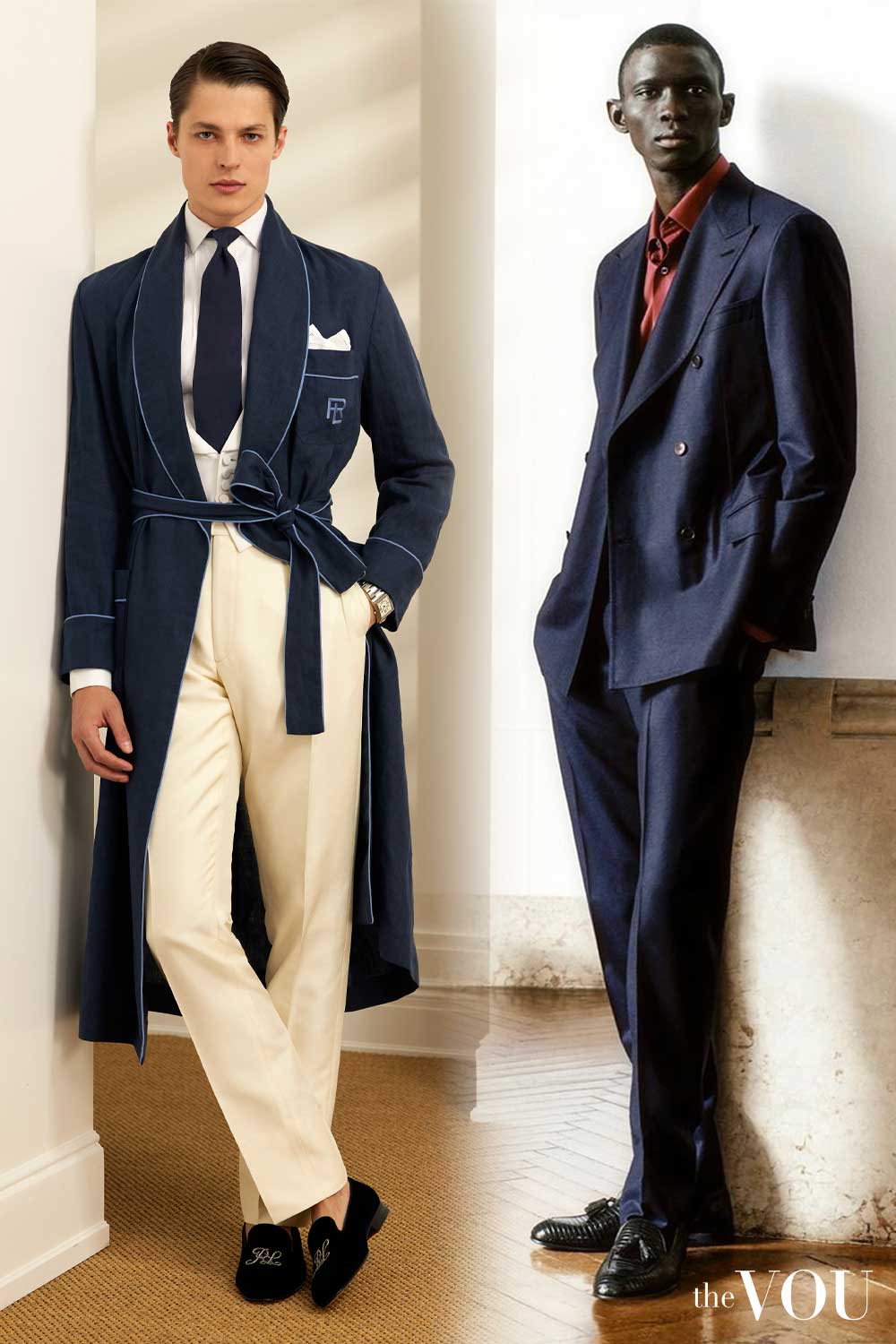Choosing Branded Clothing That Supports a Greener Wardrobe
Choosing Branded Clothing That Supports a Greener Wardrobe
Blog Article
The Relevance of Lasting Garments: How It Impacts the Environment and Your Storage room
Sustainable garments is increasingly identified for its crucial function in lessening the ecological impact of the fast garment industry. By concentrating on environmentally friendly products and ethical manufacturing techniques, it attends to pressing ecological issues. This shift not only profits the earth yet likewise influences customer selections, bring about a more thoughtful technique to closet management. Recognizing these dynamics increases important inquiries concerning style's future and individual obligation fit it.
The Ecological Footprint of Quick Style

Advantages of Sustainable Materials
Sustainable products use significant advantages, particularly via environment-friendly material choices that reduce ecological injury. These products likewise show durability and longevity, lowering the need for frequent replacements. Therefore, they contribute to an extra lasting fashion market and advertise responsible customer behavior.
Eco-Friendly Textile Options
While the style sector has long been related to rapid patterns and environmental injury, the rise of eco-friendly fabric selections offers a transformative possibility. Lasting products such as organic cotton, hemp, and Tencel have actually acquired appeal as a result of their reduced ecological impact. These fabrics are commonly created without damaging chemicals and call for less water, minimizing their carbon footprint - Branded Clothing. Furthermore, several environmentally friendly fabrics are naturally degradable, adding to a round economic situation by minimizing waste. Choosing sustainable products not just sustains environmentally liable practices but likewise advertises healthier ecosystems. As consumers end up being a lot more conscious of their purchasing power, the demand for environmentally friendly textiles motivates brand names to introduce and take on even more sustainable production techniques, ultimately profiting the world and future generations
Toughness and Durability Benefits
Numerous customers are increasingly identifying the longevity and durability advantages of lasting materials in their clothes options. Unlike traditional materials, sustainable materials such as organic cotton, hemp, and recycled polyester are crafted to stand up to wear and tear, leading to garments that last longer. This reduced regularity of replacement not only saves consumers cash in time yet also lessens waste produced by rapid fashion. Additionally, lasting garments often uses eco-friendly manufacturing techniques that boost fabric stamina, adding to a decrease in the overall carbon impact. By purchasing long lasting garments, customers can cultivate a more sustainable wardrobe while delighting in top quality pieces that keep their aesthetic and performance gradually. Toughness and longevity stand as essential advantages of selecting lasting products.
Decreasing Waste Via Lasting Practices
Minimizing waste in the apparel industry can be attained via innovative methods such as upcycling and repurposing materials. Additionally, embracing minimal wardrobe techniques motivates consumers to focus on high quality over quantity, ultimately decreasing clothes consumption. With each other, these techniques contribute substantially to an extra sustainable garments version.
Upcycling and Repurposing Materials
Upcycling and repurposing products have become innovative approaches in the garment industry, changing disposed of fabrics right into beneficial brand-new products. This method not only decreases waste however likewise motivates imagination and individuality in apparel design. By taking old garments and materials, developers can develop unique pieces that mirror personal design while minimizing the demand for new sources. Furthermore, upcycling typically requires less power and water compared to standard production processes, considerably decreasing the environmental impact of style. As consumers come to be much more knowledgeable about sustainability, the appeal of upcycled garments remains to rise, promoting a round economic climate. Ultimately, these techniques add to an extra sustainable future, where style prioritizes ecological health over rapid production and intake.

Minimalist Closet Techniques
As individuals progressively look for to minimize their ecological influence, adopting minimalist wardrobe techniques has obtained grip as a reliable approach to sustainable fashion. These approaches emphasize top quality over amount, motivating customers to curate a smaller sized collection of flexible, durable apparel. By concentrating on classic pieces that can be blended and matched, individuals can minimize the frequency of acquisitions and ultimately decrease waste.Additionally, minimalism promotes mindful usage, prompting shoppers to reflect on the ecological and moral ramifications of their options. This approach not just cultivates an extra sustainable way of living but also streamlines day-to-day decision-making pertaining to outfit. As individuals welcome minimalist principles, they add to a fashion society that values sustainability and responsible consumerism, inevitably causing a much more eco-conscious society.
The Role of Moral Labor in Sustainable Fashion
While numerous consumers are increasingly familiar with the ecological effects of their clothing choices, the value of moral labor practices in lasting fashion can not be neglected. Ethical labor encompasses reasonable salaries, secure working problems, and respect for employees' rights, forming the foundation of accountable fashion manufacturing. Brands that prioritize honest labor not just uplift areas yet also set a standard for accountability in the industry.Moreover, the combination of moral techniques cultivates openness, making it possible for customers to make informed choices about their acquisitions. This practice contrasts greatly with fast fashion's unscrupulous labor models, which usually prioritize profit over people. By sustaining firms committed to honest labor, consumers contribute to a system that values human self-respect along with ecological sustainability. Subsequently, moral labor is not simply an add-on; it is necessary to the more comprehensive goal of sustainable fashion, guaranteeing that the mission for eco-friendliness does not come with the expense of human civil liberties.
The Impact of Sustainable Apparel on Carbon Emissions
Sustainable clothes has the prospective to substantially lower carbon exhausts connected with the apparel industry. Traditional garment manufacturing contributes notably to greenhouse gas emissions, largely as a result of energy-intensive production procedures and using non-renewable resources. On the other hand, sustainable fashion concentrates on green products, such as organic cotton or recycled fibers, which frequently call for less power to produce.Moreover, sustainable brand names tend to embrace much more efficient manufacturing practices, minimizing waste and reducing overall emissions. By focusing on toughness and ageless style, sustainable clothes encourages consumers to get much less regularly, further reducing the carbon footprint related to overconsumption.Additionally, several sustainable brands are committed to openness in their supply chains, making it possible for customers to make enlightened selections that align click for info with their values. Eventually, changing towards lasting clothes can cause a significant reduction in carbon emissions, adding to a healthier planet and a much more lasting future for the apparel industry.
Sustaining Regional Economic Situations With Lasting Choices
The shift towards lasting clothes not just addresses environmental problems but additionally considerably advantages regional economies. By choosing lasting fashion, customers commonly support neighborhood artisans and small services, improving area durability. These ventures normally run on a smaller sized scale, prioritizing craftsmanship and moral practices over mass production.Investing in locally made sustainable clothes cultivates job creation and promotes economic development within communities. As customers become extra knowledgeable about the ecological impact of their purchases, they progressively choose items that show their values. This need motivates neighborhood suppliers to embrace lasting methods, adding to a circular economy.Moreover, sustaining neighborhood services lowers transport exhausts, lining up with eco-conscious consumer behavior. The interconnectedness of lasting garments and local economies underscores the crucial function that individual selections play in promoting both financial anchor and ecological health and wellness. By promoting these regional connections, areas can grow while additionally functioning in the direction of a much more lasting future.
Transforming Your Closet: Tips for a Sustainable Closet
As people seek to lower their ecological influence, changing a closet right into a sustainable closet comes to be an important action. One efficient approach is to review existing clothes, maintaining only items that are put on routinely which align with sustainability objectives. Focusing on high quality over amount is important; buying resilient pieces from green brand names can substantially lower waste.Additionally, including used products can revive a closet while lessening ecological damages. Organizing clothing swaps with close friends or donating unused things can better advertise sustainability.When shopping, people ought to look for products that are natural, recycled, or naturally degradable, and avoid fast fashion retailers - Branded Clothing. Finally, exercising conscious consumption by attentively thinking about each acquisition can add to a more sustainable lifestyle. By applying these pointers, one can develop a closet that mirrors individual style while supporting environmental stewardship
Regularly Asked Inquiries
Exactly How Can I Determine Lasting Clothes Brands?
To identify sustainable clothing brands, one should look into materials utilized, look for certifications like Fair Trade, and examine the brand's transparency about their manufacturing procedures, labor techniques, and environmental influence, making sure green and honest methods are focused on.
What Are the Costs Linked With Sustainable Fashion?
The prices connected with lasting fashion can differ substantially. Higher production expenses, honest sourcing, and green materials frequently cause raised market prices, which may deter some consumers while attracting ecologically aware customers.
Can Lasting Apparel Be Stylish and Stylish?
Sustainable garments can without a doubt be stylish and elegant. Developers increasingly prioritize ingenious products and ethical production approaches, confirming that fashion and sustainability can exist together. Consumers currently have linked here varied choices that blend appearances with ecological awareness.
Just How Does Laundering Clothes Affect Their Sustainability?
Cleaning garments significantly impacts sustainability by consuming water and power, adding to air pollution, and triggering microplastic launch. Frequent washing can weaken textiles, reducing their life expectancy and enhancing the need for substitutes, ultimately aggravating environmental concerns.
What Is the Life Expectancy of Lasting Garments Compared to Fast Fashion?
The life expectancy of sustainable clothes normally surpasses that of rapid style items, usually long-term several years because of high quality products and workmanship. In comparison, rapid fashion garments may weaken promptly, requiring even more constant substitutes. Lasting apparel is significantly recognized for its crucial function in reducing the ecological influence of the quick style market. While many customers are progressively mindful of the ecological consequences of their clothing choices, the relevance of ethical labor techniques in lasting fashion can not be forgotten. Branded Clothing. Sustainable clothing has the possible to greatly decrease carbon emissions linked with the fashion market. In comparison, sustainable fashion concentrates on environment-friendly products, such as organic cotton or recycled fibers, which often require less energy to produce.Moreover, lasting brands tend to take on more effective production techniques, reducing waste and lowering general discharges. By focusing on resilience and timeless design, lasting apparel encourages consumers to get much less frequently, further lowering the carbon footprint linked with overconsumption.Additionally, several lasting brands are dedicated to transparency in their supply chains, making it possible for consumers to make enlightened choices that align with their worths
Report this page